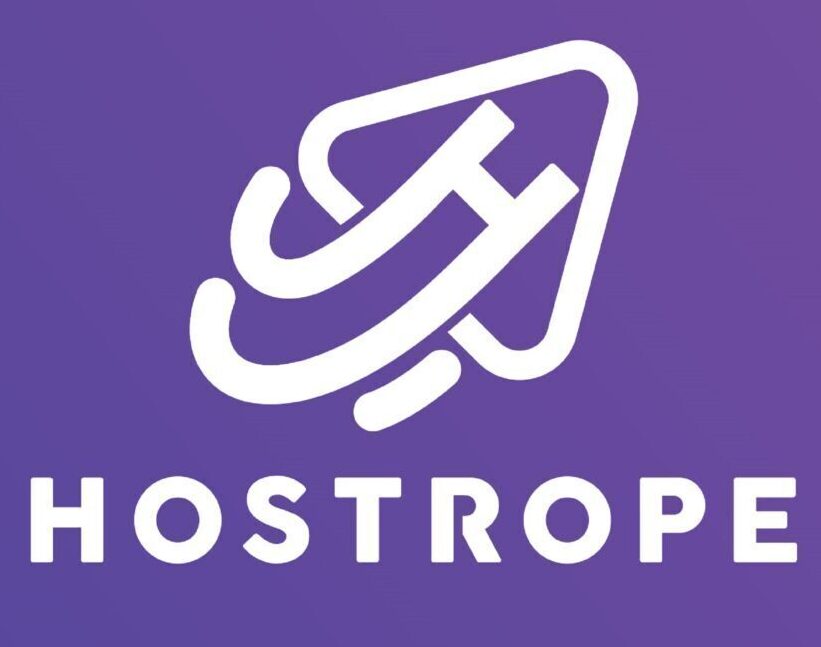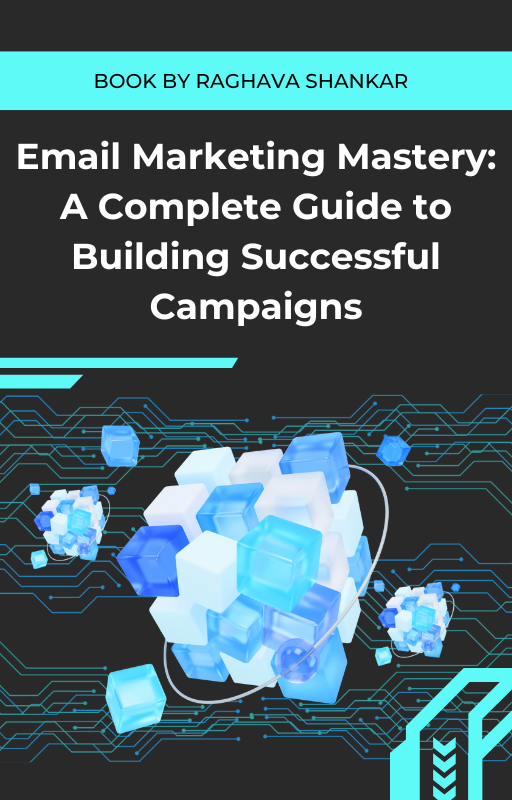Email marketing remains one of the most powerful and cost-effective tools for businesses to engage customers, generate leads, and drive conversions. Whether you’re a startup or a growing business, leveraging the right marketing automation tools can take your email campaigns to the next level. One of the best platforms for small businesses looking to streamline their email marketing efforts is HubSpot Marketing Hub Starter. In this guide, we’ll explore how to use HubSpot’s Marketing Hub Starter to set up and automate effective email campaigns that help build lasting customer relationships.
Why Email Marketing Matters for Your Business
Email marketing isn’t just about sending promotional offers or discounts—it’s a vital tool for building relationships and maintaining customer loyalty. In fact, email marketing has consistently proven to deliver the highest ROI of any marketing channel. For every $1 spent on email marketing, businesses make $42 in return, according to a study by the Data & Marketing Association.
Here’s why email marketing is so crucial:
- Build and Nurture Customer Relationships
Email allows businesses to communicate directly with customers. Through personalized emails, you can offer tailored content that meets their interests, which builds trust and long-term loyalty. - High ROI and Cost-Effectiveness
Email marketing is far more affordable than traditional advertising. It enables businesses to reach thousands of customers at a fraction of the cost, with better results. - Personalization and Segmentation Capabilities
Unlike generic mass marketing, email marketing allows you to segment your audience based on specific criteria such as interests, demographics, or past behavior. By doing so, you can send highly relevant content to the right person at the right time. - Brand Awareness and Customer Retention
Staying in touch with your customers through regular email campaigns helps reinforce your brand, keeping it top of mind. Over time, this builds familiarity and trust, which improves customer retention.
Getting Started with HubSpot Marketing Hub Starter
HubSpot’s Marketing Hub Starter is an ideal platform for small to medium-sized businesses looking to enhance their email marketing efforts without investing in expensive enterprise-level solutions. The HubSpot Marketing Hub Starter plan offers a user-friendly interface, integration with HubSpot’s CRM, and a variety of features that simplify campaign management and lead nurturing.
Why Choose HubSpot for Email Marketing?
- CRM Integration: HubSpot seamlessly integrates with its CRM, allowing businesses to gather valuable customer insights and create personalized email campaigns based on this data.
- Ease of Use: HubSpot’s drag-and-drop editor makes it simple for users to design visually appealing emails without the need for coding.
- Automation Capabilities: Even on the Starter plan, HubSpot offers automation features that help streamline workflows and save time.
Setting Up Your HubSpot Account and CRM
The first step to using HubSpot is setting up an account. Once you’ve done that, you can integrate your contact database with HubSpot’s CRM, allowing you to track customer interactions and insights. This CRM integration is crucial for segmenting your email lists and delivering highly personalized content.
Creating Effective Email Campaigns with HubSpot
Now that you’ve set up HubSpot, let’s dive into creating email campaigns that deliver value to your audience.
Designing an Email Strategy
Before sending out emails, you need a strategy. What do you want your emails to achieve? Whether it’s driving traffic to your website, increasing sales, or nurturing leads, having clear goals will guide the direction of your campaigns.
Start by defining the following:
- Your Target Audience: Who are you emailing? Are they leads, customers, or subscribers? The more specific you can be, the better.
- Your Message: What’s the primary message you want to deliver in your email? Is it promotional, educational, or a reminder?
- Call-to-Action (CTA): What action do you want your recipients to take after reading your email? Make sure your CTA is clear and compelling.
Building and Segmenting Email Lists
HubSpot makes it easy to build and manage email lists. You can import contacts from CSV files, third-party tools, or manually add them. The key to a successful email campaign is segmentation. HubSpot allows you to segment your audience based on factors such as:
- Location
- Age
- Purchase history
- Behavior on your website
By segmenting your audience, you can send more relevant emails that increase engagement.
Designing Engaging Emails
HubSpot offers a variety of customizable email templates that you can easily modify to fit your brand. Using HubSpot’s drag-and-drop editor, you can create visually appealing emails that align with your brand’s style, ensuring that your emails are professional and engaging.
Consider these design tips:
- Keep your subject lines short, clear, and compelling.
- Use attractive visuals, but avoid overloading the email with too many images.
- Make your CTA prominent and easy to click.
Personalization with HubSpot CRM Data
One of the biggest advantages of using HubSpot is its ability to personalize your emails based on CRM data. Whether it’s addressing the recipient by name, offering personalized recommendations, or sending birthday discounts, personalization drives better engagement. HubSpot allows you to pull this data directly from your CRM to tailor your emails to individual contacts.
Basic Automation in HubSpot Marketing Hub Starter
HubSpot Marketing Hub Starter also offers basic automation features that save time and increase efficiency. Instead of sending manual emails, you can set up automated workflows that nurture leads, welcome new subscribers, and recover abandoned carts.
Introduction to Automation in HubSpot Starter
Automation allows you to send timely and relevant emails without needing to manually trigger them. For instance, you can set up an automated workflow that sends a welcome email as soon as someone subscribes to your list, or a reminder email if a customer abandons their shopping cart.
Setting Up Automated Workflows
With HubSpot, setting up automated workflows is simple. Here’s how to get started:
- Navigate to the Workflows tool in your HubSpot account.
- Create a new workflow based on your campaign goals (e.g., welcome series, lead nurturing).
- Set enrollment triggers such as form submissions, email opens, or link clicks.
- Add actions such as sending emails, assigning tasks, or notifying team members.
HubSpot’s workflow tool is easy to use, allowing you to set up sophisticated automation with minimal effort.
Creating Drip Campaigns
A drip campaign is a series of automated emails that are sent over a period of time. For example, a welcome series might include three emails sent over a week, each providing valuable content to build trust and educate new subscribers about your products or services.
HubSpot allows you to create and automate these campaigns, so you can nurture leads over time and increase the chances of conversion.
Automation Tips and Best Practices
- Test your workflows before launching to ensure everything is running smoothly.
- Keep your emails concise and to the point—your recipients are busy!
- Use personalization tokens in your emails to increase engagement.
Tracking & Optimizing Email Performance in HubSpot
One of the best features of HubSpot is its robust analytics and reporting tools. After sending your email campaigns, it’s essential to track how they perform so you can refine your strategies for better results.
Analytics and Reporting
HubSpot allows you to track key metrics such as:
- Open rates
- Click-through rates (CTR)
- Conversion rates
These metrics provide insights into how your audience is interacting with your emails. You can also analyze bounce rates, unsubscribe rates, and more to gauge the overall effectiveness of your campaigns.
A/B Testing Your Emails
HubSpot makes it easy to A/B test various elements of your emails, such as subject lines, CTAs, or email content. Running these tests helps identify which elements work best and improve your future campaigns.
Improving Campaign Performance Based on Data
Using the data from your campaigns, you can optimize your emails by tweaking the content, design, or delivery time. For instance, if you notice low open rates, try testing different subject lines or sending your emails at different times.
Common Pitfalls to Avoid in Email Marketing Automation
While email automation offers immense benefits, it’s important to avoid a few common mistakes that can negatively impact your campaigns.
- Over-Automating and Losing the Personal Touch
While automation saves time, don’t make your emails feel robotic. Ensure that your emails still feel personal and relevant to your audience. - Neglecting Mobile Optimization
A large portion of emails is read on mobile devices. Make sure your emails are mobile-friendly by keeping them simple and easy to read on smaller screens. - Ignoring GDPR and Compliance
Respect your subscribers’ privacy. Always ensure that your emails comply with regulations like GDPR, CAN-SPAM, and other data protection laws.
Conclusion and Next Steps
In this guide, we’ve covered the essentials of setting up email marketing campaigns and automating them using HubSpot Marketing Hub Starter. From creating effective email campaigns to implementing basic automation, HubSpot provides the tools you need to run successful email marketing efforts.
The next step is to dive in and start creating your first email campaign. Focus on building your email lists, segmenting your audience, and testing your campaigns to see what resonates best. With HubSpot’s automation tools, you can streamline your efforts and focus on growing your business.
Remember, email marketing isn’t a one-time effort—it’s an ongoing strategy that requires constant optimization. Keep experimenting, track your performance, and adjust your tactics to see continuous improvements.
Happy emailing!









